We’re continuing with a series on people who have reported something going wrong when they tested some variation of the Perfect Health Diet. (The first post summarized experiences, good and bad; the second looked at difficulties suddenly adding carbohydrates to a very low-carb diet.)
The next issue was reported by Chris Masterjohn; he had trouble with sweet potatoes:
Although sweet potatoes are considered a safe starch on the Perfect Health Diet, they are not very safe for me. When I discovered how yummy sweet potato fries are, I started eating several sweet potatoes per day. Within a few days, I was limping and my neck was stiff. By the end of the week, my limp was extreme. I looked online to see if I was eating anything high in oxalates, and sure enough, sweet potatoes are loaded with them. My symptoms dramatically improved after one day off sweet potatoes and were gone the second day.
Chris’s commenter Lisa also had trouble with sweet potatoes:
I’ve been very achy since I started eating sweet potatoes daily. Why would some of us be maladapted to oxalates?… I’m wondering if after a long stint of LC/paleo eating I’ve become intolerant to oxalates or to starch in general.
Clearly sweet potatoes are not safe for everyone. What might be causing the trouble?
Fructose and Fiber as Possible Confounders
One factor to consider is that there are different varieties of sweet potato. We eat an Asian sweet potato variety which is not nearly as sweet as conventional American sweet potatoes; it has a yellow flesh and a chestnut flavor. It is botanically a yam, not a sweet potato. It looks like this (via “my super sweet twenty-six”):
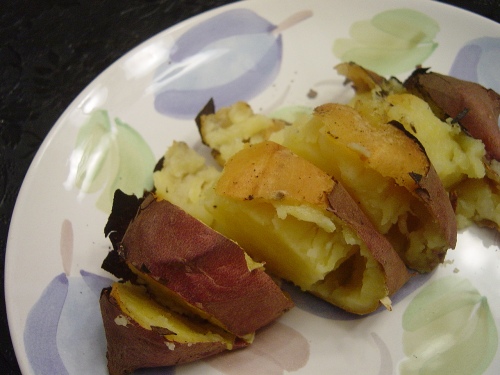
Like so many modern foods, the standard American sweet potato has been bred for sweetness. Here is data from http://nutritiondata.com comparing 100 g of potatoes, yams, sweet potatoes, and grapes for sugar, starch, and fiber content:
| Food | Sugar (g) | Starch (g) | Fiber (g) |
| Potato | 1.2 | 17.3 | 2.2 |
| Yam | 0.5 | 23.1 | 3.9 |
| Sweet potato | 6.5 | 7.5 | 3.3 |
| Grapes | 15.5 | 0.0 | 0.9 |
All have similar calories. Yams are largely sugar-free, but sweet potatoes are intermediate between grapes and potatoes in both sugar and starch content. They are sort of half fruit, half starch.
Thus, it is conceivable that sweet potatoes could trigger an issue like fructose malabsorption; or that fructose or fiber might feed certain gut infections that would not be similarly fed by potatoes.
Oxalate
Chris believed his problem was due to oxalate. Sweet potatoes do contain oxalate, although they are not the only plant foods which do.
In fact, by far the largest source of oxalate in the American diet is spinach. Spinach by itself accounts for over 40% of all oxalate consumed by Americans; potatoes for about 10%. [1] Wheat bran has high levels of oxalate.
Why are oxalates troublesome? Some people have sensitivities to oxalate. Rarely, genetic defects in the enzymes that degrade oxalate cause a disease called primary hyperoxaluria; this disease afflicts 1 to 3 people in a million. Other conditions can elevate calcium or oxalate in the urine and increase the risk of calcium oxalate kidney stones. This is especially likely in people who are deficient in magnesium or who don’t eat citrate. [2]
Another pathway by which oxalate might cause trouble is via fungal infections. Candida and other fungi form calcium oxalate crystals in tissue [3,4]; fungi appear to be responsible for the yellow-brown calcium oxalate biofilms which form on stone monuments. [5]
But the literature suggests that oxalate sensitivities are rare. If oxalate sensitivity is present, then it should manifest itself when eating spinach, wheat bran, and other oxalate rich foods. Since Chris has praised spinach and wheat recently, I wonder if it is really the oxalate that caused his trouble.
Phytoalexins
Another possibility is a class of toxins called phytoalexins.
Ordinarily, sweet potatoes are largely toxin free. But when attacked by fungus or molds, sweet potatoes generate a variety of food toxins. As two papers describe them:
Sweet potatoes contain phytoalexins that can cause lung edema and are hepatotoxic to mice. At least one of these, 4-ipomeanol, can cause extensive lung clara cell necrosis and can increase the severity of pneumonia in mice. Some phytoalexins in sweet potatoes are hepatotoxic and nephrotoxic to mice. [6]
Ipomeanine (IPN), 4-ipomeanol (4-IPO), 1-ipomeanol (1-IPO), and 1,4-ipomeadiol (DIOL) are toxic 3-substituted furans found in mold-damaged sweet potatoes. IPN and 4-IPO are the most toxic, but all produce pulmonary toxicity in cattle and rodents, and 4-IPO induces hepatotoxicity in humans. [7]
Cattle will die if fed mold-damaged sweetpotatoes:
Unfortunate bovine fatalities occurring after ingestion of mold-damaged sweetpotatoes preclude the use of the culled tubers in livestock feed. In cattle, mold-damaged sweetpotatoes induce an acute respiratory distress syndrome resulting in asphyxiation. [8]
Toxins may be present even if mold damage is not visible:
Fermentation of 6 weeks duration was observed to inadequately eliminate the lung, liver, and kidney toxicity caused by mold-damaged sweetpotatoes. In fact, fermentation exacerbated the hepatotoxicity of mold-damaged sweetpotatoes. This is also the first demonstration that sweetpotato regions lacking visible mold damage can induce lung and kidney injury … [8]
Allergies
Sweet potatoes are generally considered to be one of the least allergenic of foods. However, infants sometimes do have sensitivities to sweet potato. This may reflect an immature gut flora in the infants; perhaps specific bacterial species — possibly including the oxalate-digesting Oxalobacter [9] — make sweet potatoes tolerable? If so, it raises the possibility that adults with incomplete gut flora might also have sweet potato sensitivities.
There is also the possibility of allergies to mold toxins in infected sweet potatoes.
Food Sensitivities as a Diagnostic Tool
Food sensitivities can sometimes be helpful in diagnosing certain health conditions:
- Leaky gut. People with a leaky gut will have many food sensitivities; people with a healthy gut will have few.
- Small bowel infections. People with infections of the small intestine will usually have a negative reaction to fructose.
- Colonic infections. People with infections of the colon may react badly to fiber, and obtain relief on low-fiber diets.
There is a chance that oxalate may benefit fungal infections, so I suppose an oxalate sensitivity could be diagnostic for that, although in my experience fungal infections are usually slow-reacting to food and the response is rarely obvious.
Conclusion
In our book [p 121] we note that all plants make pesticidal toxins. Thus, no plant food can be guaranteed to be safe.
Normally, levels of pesticidal toxins are low in sweet potatoes. But it’s always desirable to inspect sweet potatoes for visible damage, and to discard any that are discolored or show other evidence of toxin production.
I confess to being puzzled as to how sweet potatoes caused Chris’s symptoms. If he tolerates spinach and wheat bran, it seems unlikely that the oxalate in sweet potatoes would be responsible. He might wish to test various foods and try to narrow down the source of his sensitivity.
For our part, we may cease listing sweet potatoes among our “safe starches” and specify yams instead, since a “safe starch” should probably be low in fructose.
References
[1] Taylor EN, Curhan GC. Oxalate intake and the risk for nephrolithiasis. J Am Soc Nephrol. 2007 Jul;18(7):2198-204. http://pmid.us/17538185.
[2] McConnell N et al. Risk factors for developing renal stones in inflammatory bowel disease. BJU Int. 2002 Jun;89(9):835-41. http://pmid.us/12010224.
[3] Takeuchi H et al. Detection by light microscopy of Candida in thin sections of bladder stone. Urology. 1989 Dec;34(6):385-7. http://pmid.us/2688263.
[4] Muntz FH. Oxalate-producing pulmonary aspergillosis in an alpaca. Vet Pathol. 1999 Nov;36(6):631-2. http://pmid.us/10568451.
[5] Pinna D. Fungal physiology and the formation of calcium oxalate films on stone monuments. Aerobiologia. 1993 9(2-3):157-167. http://www.springerlink.com/content/n72l71352t1r0r04/.
[6] Beier RC. Natural pesticides and bioactive components in foods. Rev Environ Contam Toxicol. 1990;113:47-137. http://pmid.us/2404325.
[7] Chen LJ et al. Metabolism of furans in vitro: ipomeanine and 4-ipomeanol. Chem Res Toxicol. 2006 Oct;19(10):1320-9. http://pmid.us/17040101.
[8] Thibodeau MS et al. Effect of fermentation on Sweetpotato (Ipomoea batatas) toxicity in mice. J Agric Food Chem. 2004 Jan 28;52(2):380-4. http://pmid.us/14733525. B76FN5FG89GM
[9] Hatch M et al. Enteric oxalate elimination is induced and oxalate is normalized in a mouse model of Primary Hyperoxaluria following intestinal colonization with Oxalobacter. Am J Physiol Gastrointest Liver Physiol. 2010 Dec 16. [Epub ahead of print]. http://pmid.us/21163900.







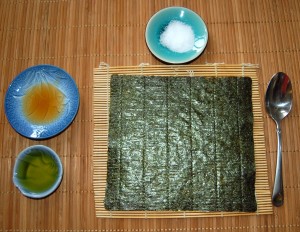
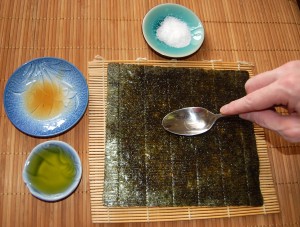

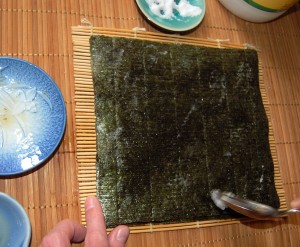
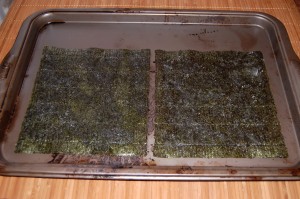
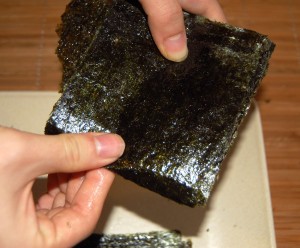
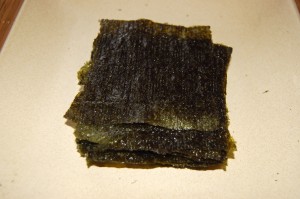






Recent Comments